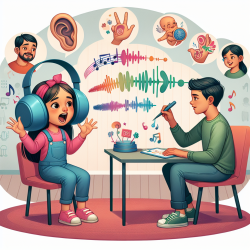The importance of mental health in schools cannot be overstated. With rising concerns about youth mental health, schools are increasingly seen as pivotal in providing accessible and integrated mental health services. This blog explores how school mental health (SMH) teams can be empowered through best practices to improve student outcomes and team engagement, drawing insights from the recent research article titled "Prevalence, Best Practice Use, and Member Engagement on School Mental Health Teams."
The Role of SMH Teams
SMH teams are critical in implementing multi-tiered mental health programs within schools. These teams typically consist of school counselors, psychologists, social workers, intervention specialists, and administrators. Their goals include implementing school-wide mental health promotion activities, targeted programs for high-risk students, and individual interventions for students with identified needs.
Best Practices for Effective SMH Teams
The research highlights several best practices that can significantly impact the effectiveness of SMH teams:
- "How-to-Team" Training: Training such as Team-Initiated Problem Solving (TIPS) equips team members with skills necessary for effective meeting organization and data-based problem-solving.
- Interdisciplinary Presence: Having multiple disciplines represented enhances the team's ability to address a range of student behavioral problems.
- Access to School-Wide Data Systems: These systems provide valuable information for making informed programming and resource decisions.
- Administrator Engagement: Active involvement of administrators supports team success and facilitates progress towards goals.
- Access to Relevant Resources: Providing the necessary tools and resources helps teams implement programs more efficiently.
- Evidence-Based Practice Guidelines: Utilizing evidence-based frameworks ensures that interventions are effective and sustainable.
The Impact of Member Engagement
The study found that larger teams (six or more members) with access to resources had significantly higher member engagement scores. This suggests that having a sufficient number of team members can help distribute responsibilities and reduce burnout. Moreover, access to resources empowers teams to function more effectively.
Encouraging Further Research
The findings underscore the need for further research into the prevalence of SMH teams and factors affecting member engagement. Understanding these dynamics can help schools better prepare for implementing comprehensive mental health programs. Schools are encouraged to explore additional recruitment strategies and incentives to enhance team engagement.
Prevalence, Best Practice Use, and Member Engagement on School Mental Health Teams










